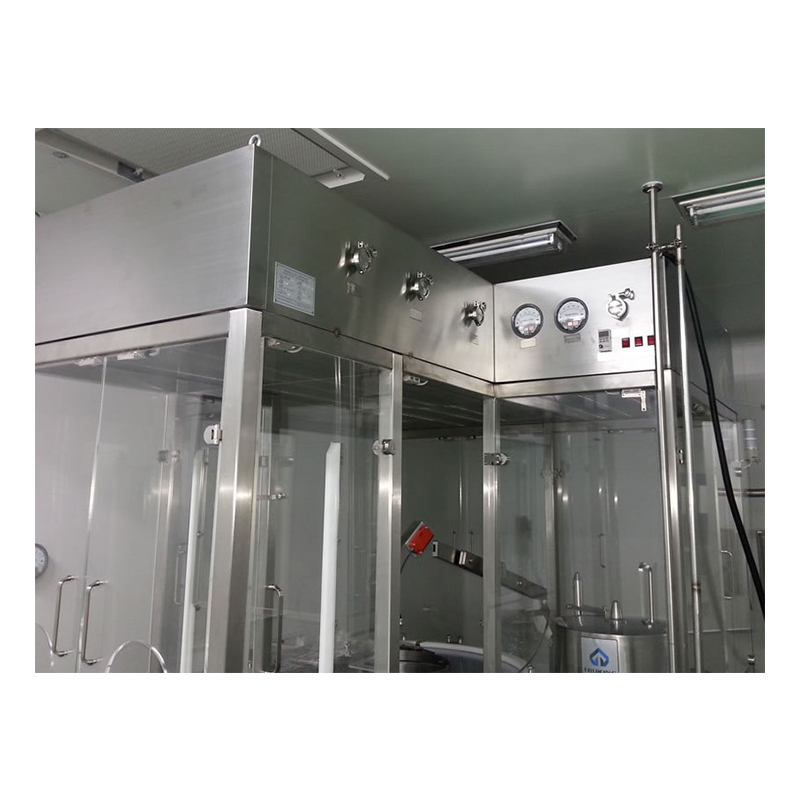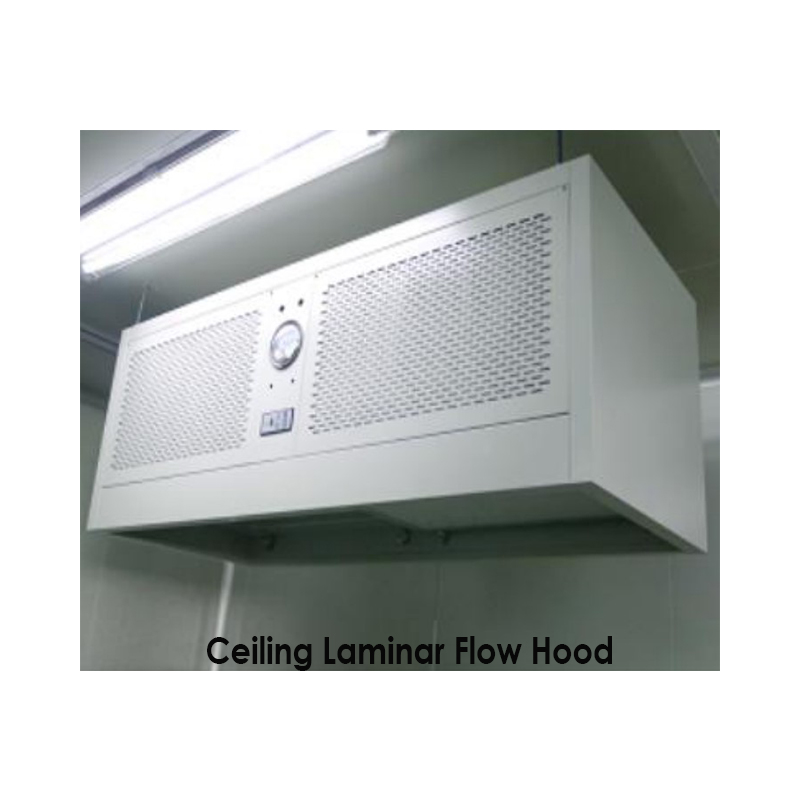COMPANY NEWS
What is a laminar flow hood?
The laminar flow hood is one of the equipments that can shield and isolate the working operator from the product. Its main purpose is to avoid product contamination and ensure the production quality of the product. Relatively clean air drawn from the clean room, using a fan installed in the top pressurized cabin to pass the air through the HEPA filter, the filtered air will pass vertically through the operating area, providing ISO 5 (class 100) for critical areas. One-way flow air is covered, and the exhaust gas after passing through the operating table is discharged from below and returned to the clean room area.

The main components of laminar flow hood are: box, fan, high-efficiency air filter, equalizing film, lamps and so on.
Application of laminar flow hood:
Laminar flow hoods are widely used in dust-free workshop environments in electronics, biology, medicine, food, precision instruments and other industries, and are mainly used to provide local high cleanliness working environment requirements.
The principle of laminar flow hood:
The working principle of the laminar flow hood: after the air passes through the high-efficiency filter at a certain wind speed, a uniform flow layer is formed, so that the clean air flows in a vertical one-way, thus ensuring the high cleanliness required by the process in the working area. The vertical unidirectional air flow is adopted, and the air supply must be pre-filtered through the primary filter to deal with the large particles of dust particles in the air flow. The pretreated air is then passed through a high-efficiency filter for a second pass
filter to fully protect the high-efficiency filter.

Features of laminar flow hood:
Laminar flow hoods can be used alone or in combination;
Compared with civil or prefabricated class 100 clean rooms, the application of laminar flow hoods requires less investment, easy installation and lower cost; the material of laminar flow hoods is made of color steel plates, high-quality steel plates, and stainless steel plates. Practical application selection.
Physical structure of laminar flow hood:
The clean laminar flow hood consists of: chassis, high-efficiency filter, equalizing membrane, variable air volume fan unit, wind speed and pressure difference detector, lighting components and other major components. The chassis is made of mirror-fingerprint-free stainless steel SUS304, and the sheet metal is integrally bent and formed. It is beautiful and clean, and is easy to clean and disinfect. The laminar flow hood adopts a fan system with adjustable air volume. By adjusting the working conditions of the fan, the average wind speed in the clean working area can be kept within the rated range (0.45m/s). The fan speed is kept constant at the set value by the controller.
